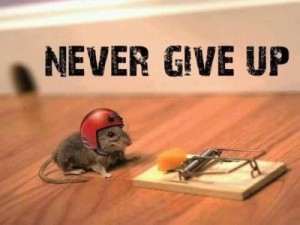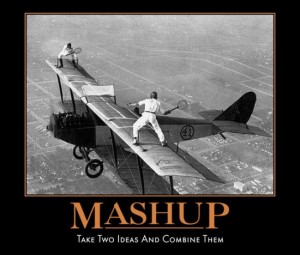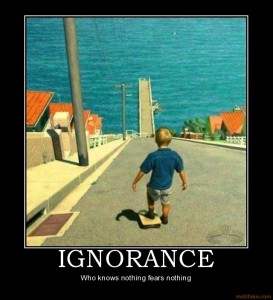Three Tricks to Seeing The Bigger Picture
“I can’t recall a period of time that was as volatile, complex, ambiguous and tumultuous. As one successful executive put it, ‘If you’re not confused, you don’t know what’s going on’.”
– Warren Bennis
In 1961, Edward Lorenz was a junior professor at MIT working on meteorology. He used a rudimentary computer called the Royal McBee to crunch algorithms which simulated weather patterns. Using the computer program, he could plug in different variables into the equation and then let the virtual weather unfold. So it was sort of a weather simulator in that each time he would run the program, there would be underlying trends and patterns but no two sequences would be identical. He was trying to recognize the patterns – to see the big picture.
One day, he decided to revisit a particular weather formula which intrigued him. He plugged in the original numbers, intending to let the program run for a longer period this time, and then went to get a cup of coffee. When he came back to the computer the virtual weather pattern unfolding was drastically different than the first time he ran the same numbers.
In fact, the result was so incredibly unlike the first result using the very same numbers that he assumed the computer must have malfunctioned. What he discovered instead was that he had accidentally abbreviated one of the input variables from .506127 to .506 – an abbreviation which he thought was so small, as to be inconsequential.
Lorenz’ revelation in the power of seemingly inconsequential small actions, led him to write a paper in 1972 called, “Predictability: Does the Flap of a Butterfly’s Wings in Brazil Set Off a Tornado in Texas?” This beguiling idea crept into pop culture and time travel movies and later became known as the Butterfly Effect.
But what if we could learn to see the big picture, to simplify the complex, to develop what the French call “coup d’oeil?” Coup d’oeil is an expression meaning literally “stroke of the eye” or “at a glance.” It’s the ability to glance at a complicated terrain or environment and immediately see opportunities and understand the situation more simply – to grasp possibilities and connections within complexity.
Your turn. Here are three ideas to hone your coup d’oeil:
Draw a picture: Instead of writing down your next big idea, draw it. Turn words into pictures on a whiteboard. Or draw a map with plenty of circles, dotted lines and arrows. Or draw emoticons associated with the different ideas. As we know from researchers, when we can visualize something, we can often make new mental connections to simplify the situation.
Say it out loud: According to Harvard medical researcher Jenny Rudolph, often the best advice is to say what you are thinking out loud, in the presence of those whom you trust and who will hold you accountable. By simply saying our understanding out loud, we force ourselves to consider our opinions and biases. We not only hold ourselves more accountable, but implicitly ask those around us to also check our judgment.
Let it rest: Ever work on a hard problem that feels impenetrable, and then wake up and it clicks easily? If you study music, that piano sequence was impossible, yet felt easy in the morning. As sleep expert Dr. Robert Stickgold from Harvard Medical School describes it, ““When we first form memories, they’re in a very raw and fragile form.” But when we sleep, “the brain goes back through recent memories and decides both what to keep and what not to keep.”
This was written in memory of Warren Bennis, who contributed so much to big thinking. We cherish his immense contributions to the world.


 Our company
Our company 


 Over the years, my friend Erich and I have probably logged thousands of miles cycling together. In all conditions – cold, wet, early, or in the fading warm July sunlight – we have ridden these Maine roads together. And when you train with someone for long enough you recognize their strengths (he climbs like a scalded cat), odd proclivities (he prefers riding on the right side of someone else), and their hesitations (he often descends cautiously).
Over the years, my friend Erich and I have probably logged thousands of miles cycling together. In all conditions – cold, wet, early, or in the fading warm July sunlight – we have ridden these Maine roads together. And when you train with someone for long enough you recognize their strengths (he climbs like a scalded cat), odd proclivities (he prefers riding on the right side of someone else), and their hesitations (he often descends cautiously).
